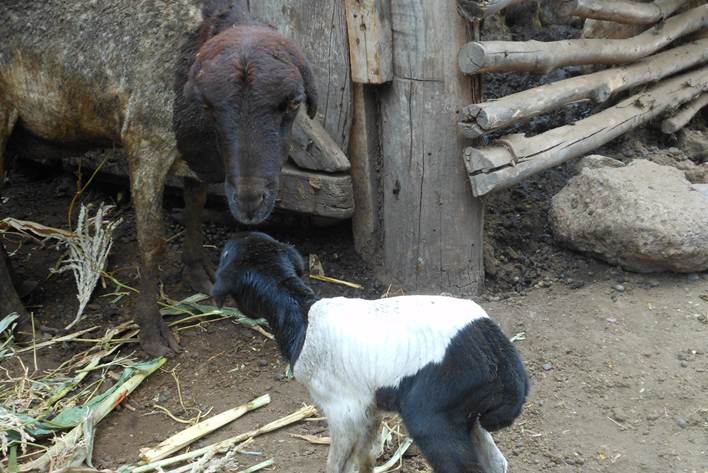What's really on your plate: Hazards Associated with Zoonotic enteric pathogens in Emerging Livestock meat pathways (HAZEL)
Published: 18 May 2015
This research investigates bacterial foodborne diseases in northern Tanzania. Using social and biological science, the team will identify the riskiest steps in the journey of meat from the farm to the plate, and combine this with knowledge of food safety policy to make recommendations to improve food safety in developing nations.

About the Project
This research investigates bacterial foodborne diseases in northern Tanzania. Using social and biological scientific approaches, the team will identify the riskiest steps in the journey of meat from the farm to the plate. They will then combine this information with knowledge of food safety policy to make recommendations to improve food safety in developing nations.
The Hazards Associated with Zoonotic enteric pathogens in Emerging Livestock meat pathways (HAZEL) project is one of eleven projects in the Zoonoses and Emerging Livestock Systems (ZELS) initiative. In many developing nations, meat production is a rapidly growing industry. While this introduces economic opportunities to poor farmers, changes to the traditional models of food production introduce new risks in the forms of bacterial pathogens, such as Salmonella and Campylobacter. Our team, comprised of researchers from the UK, Tanzania, New Zealand and America, is identifying the greatest areas of risk in the changing meat supply chains of Tanzania using interviews with farmers, butchers and consumers, and diagnostic testing of meat samples.
In addition to tracking the meat supply chain and identifying key risk areas, the team will also take a wider view of food safety policy in Tanzania, exploring regulations and evaluating the strengths and weaknesses of existing policy. The goal of this research is to identify gaps in food safety policies at regional, national and international levels and provide recommendations that will improve the safety of the meat supply chain in developing countries.
First published: 18 May 2015
Our African partners
People
Ruth Zadoks
Related Work

